Guest blog post by the LCA Team at MyImprint
As sustainability consultants, we recognise the growing demand for sustainable solutions in architecture and manufacturing. To stay ahead of regulations, market trends, and client expectations, it is important to understand how best to communicate the environmental impacts of your products. Lifecycle Assessments (LCAs), Carbon Footprint of Products (CFPs), and Environmental Product Declarations (EPDs) are tools that allow us to make informed decisions and contribute to a more sustainable built environment.
Understanding the differences: LCAs, CFPs, and EPDs
LCAs, CFPs, and EPDs serve different but complementary roles in sustainability assessments. Understanding their distinctions can help architects, manufacturers, and designers implement the most effective strategies for reducing environmental impact.
This graphic illustrates how CFPs form part of an LCA, and how an LCA forms the basis for an EPD. In a nutshell:
- A CFP reports the carbon-equivalent greenhouse gas emissions of a product.
- An LCA reports numerous environmental factors, including carbon-equivalent emissions.
- An EPD is a standardised report that summarises the LCA results, is verified and is publicly available. EPDs are the gold standard for reporting your products’ environmental effects.
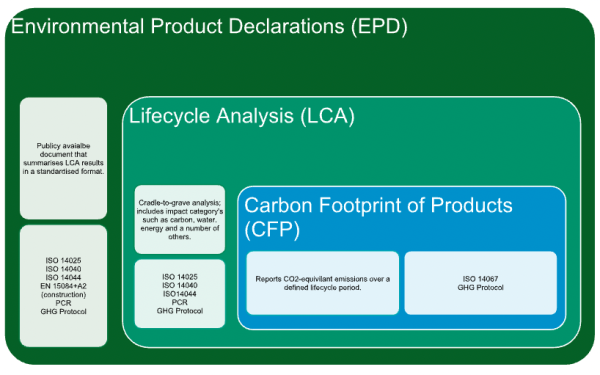
Why we embrace Lifecycle Assessments (LCAs)
A Lifecycle Assessment (LCA) evaluates a product’s environmental impact from raw material extraction to disposal, including embodied carbon in materials and construction. It ensures impact assessment across the building’s entire life cycle.
LCAs include many environmental metrics such as global warming potential, ozone depletion, ocean acidification, harm to freshwater ecosystems, water use, energy demand, and waste generation, and potentially many more. It’s worth measuring these other impact categories because while lowering carbon is generally a prime objective, moving to a lower carbon product that has other significant adverse effects may not achieve the intended result.
Having an LCA for your product simplifies reporting for your customers and allows integration with sustainability tools like BRANZ, streamlining the inclusion of your product in tools such as LCA Quick.
Using Environmental Product Declarations (EPDs) for competitive advantage
Environmental Product Declarations (EPDs) are third-party-verified documents that provide transparent data on a product’s environmental impact categories based on the LCA results. The key benefits in investing in EPDs are:
- Standing out from the crowd – being transparent about environmental effects and allowing customers to compare these with other products can create a great deal of trust.
- Regulatory compliance – many green building standards require or incentivise the use of EPD-certified products.
- Prevent greenwashing – EPD results are quantitative and provide clear facts, not opinion, about the sustainability of a product.
How architects and designers can use EPDs
EPDs can be searched via some key online databases such as:
- EPD Australasia: epd-australasia.com
- The EC3 tool by Building Transparency: buildingtransparency.org/ec3/users/me
- International EPDs: environdec.com
When reviewing an EPD, it is good to consider:
- Global Warming Potential (GWP) – lower GWP values indicate a smaller climate impact.
- Life cycle stages covered – some EPDs assess only production, while others cover the full lifecycle of a product. When comparing products, make sure you are comparing EPDs that use the same PCR rules, functional units, and system boundaries.
- Product development – there is the opportunity to work with suppliers in refining products that have lower impacts, but still meet the high standards required for their application.
A look at New Zealand's evolving regulations
Sustainability in the built environment is being increasingly prioritised, with a strong focus on carbon transparency and emissions reduction. Regulatory drivers include:
- New Zealand Building Code — The Building for Climate Change (BfCC) programme, led by the Ministry of Business, Innovation and Employment (MBIE), is working towards reducing both operational and embodied carbon in buildings. Future iterations of the Building Code are expected to incorporate mandatory reporting of embodied carbon.
- Green Building Standards — Certification systems such as Green Star NZ and the Homestar rating tool, managed by the New Zealand Green Building Council (NZGBC), increasingly incentivise the use of EPD-certified materials.
- Carbon reduction commitments — New Zealand’s Zero Carbon Act requires progressive reductions in greenhouse gas emissions, driving the demand for transparent, verifiable environmental data.
Conclusion
As LCAs, CFPs, and EPDs become mainstream, they enable us to quantify environmental impacts and communicate these to the industry.
By embracing LCAs, we can guide informed material choices, balancing embodied and operational carbon and understand a range of other impact categories. CFPs allow us to measure and compare carbon footprints effectively, while EPDs provide the gold standard of verifiable data, ensuring compliance and enhancing market credibility.
If you are wondering if an LCA or EPD is the right move for your business then get in touch with the team at MyImprint.
About MyImprint
MyImprint makes it easy to understand your businesses greenhouse gas emissions and support you to lower your imprint on the environment. They demystify carbon emissions, simplify the process to reduce, and define the actions needed to improve your imprint.
They also prepare LCAs (Lifecycle Assessments), CFPs (Carbon Footprint Products), EPDs (Environmental Product Declarations), provide Energy Certificates and Offsetting services and provide compliance marks (Measure, Reduce, Balance and Sequester).
myimprint.nz







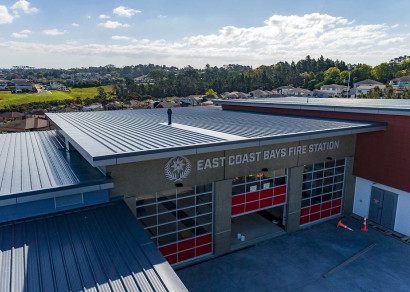
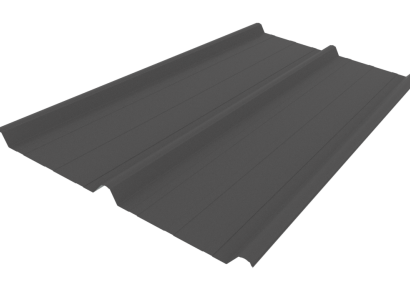
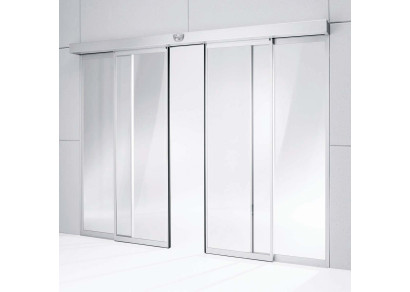

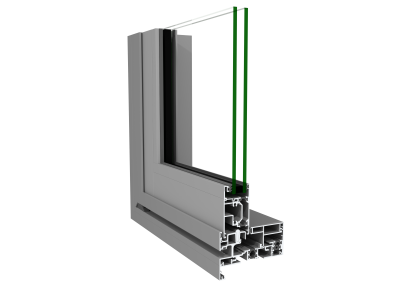

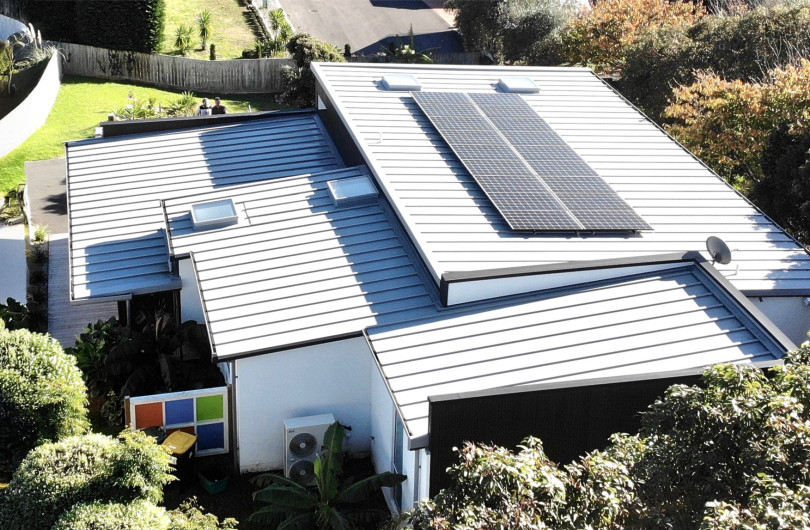




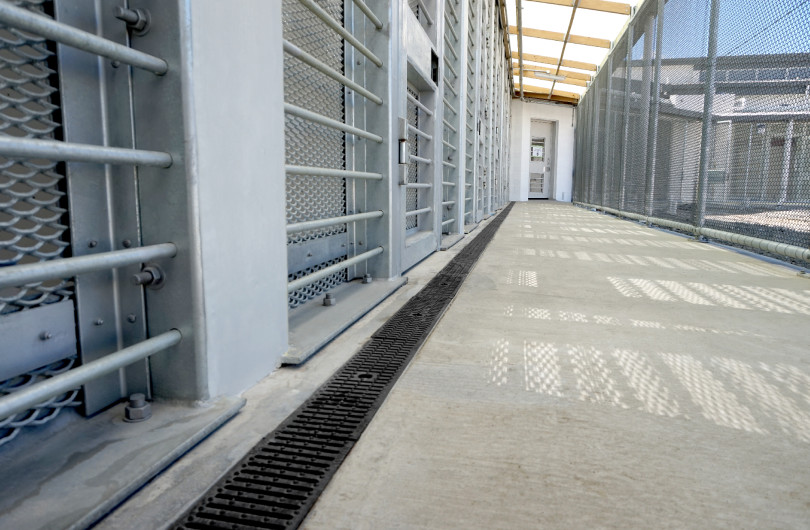










 Most Popular
Most Popular Popular Products
Popular Products



